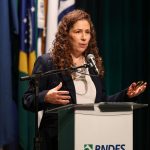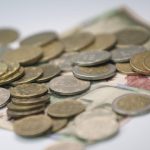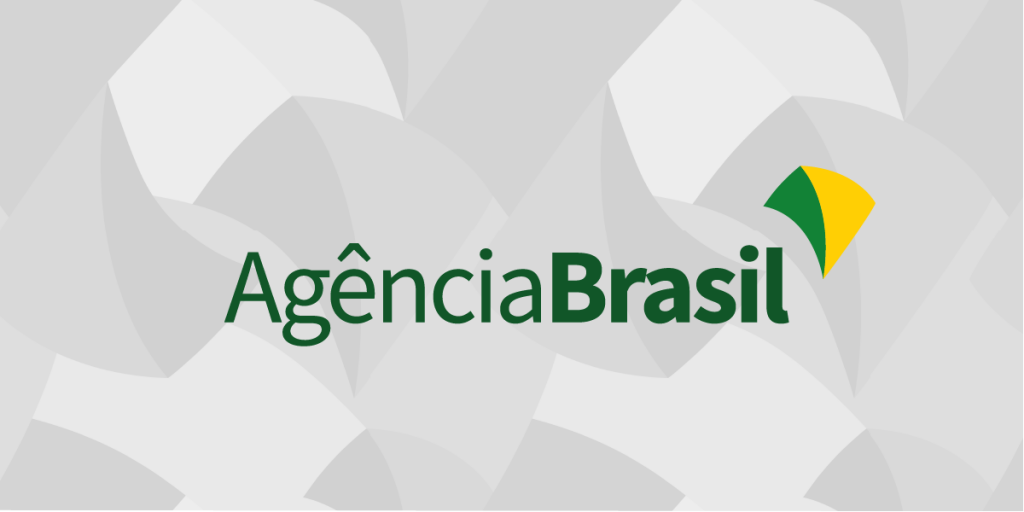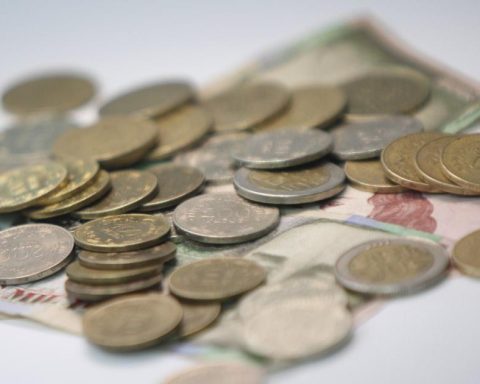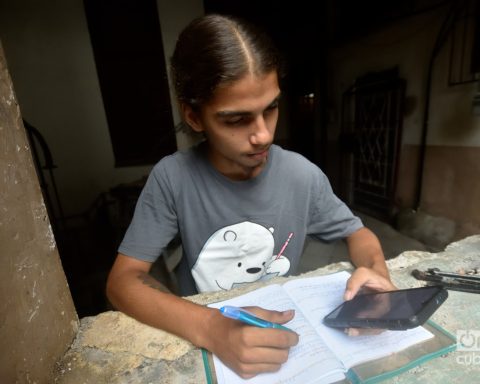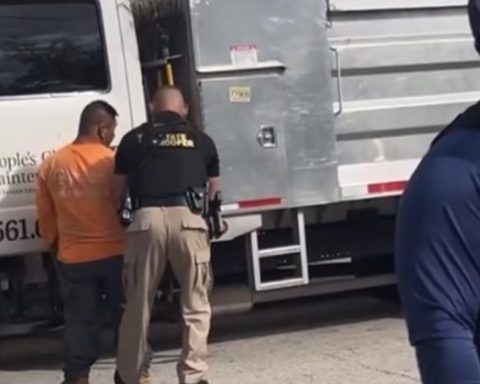A gesture of the hand, of the face, bending the body and touching it as if staging a trauma to later dance with joy together with other colleagues, is the scenic thread that unifies nine artists with and without disabilities, who celebrate the 30 years of integrating dance of the group Almaconsidering it “also as an instrument for social openness, sensitization and awareness for all people who want to dance”.
“I make an extremely positive balance when I see the tour, that we have traveled the country, Cuba, Brazil, Moscow, and I feel that I want to leave this legacy to the young people who are studying, that they know that dance is not just dancing on stage , but an instrument of social openness, awareness and awareness for all people who want to dance”, Susana González Gonz, general director of the Alma integrating dance group, who celebrates its 30 years of permanence, told Télam with emotion.
As her teacher, Patricia Fucoe, said, “dance within everyone’s reach, although not all have the same scope”recalls Gonz.
“A nod of the head can be as important as a jump and turn, it all depends on the amplitude and what you want to convey in the message of movement”Susana Gonzalez González
For those who belong to the world of dance or are just spectators, Gonz with his son Demián Ariel Fronterawho was the first dancer 30 years ago in the dance group Alma, They made a path to learn and demonstrate that “a nod of the head can be as important as a jump and turn, it all depends on the amplitude and what you want to convey in the message of movement.”
With nine dancers on stage, two musicians and other activities, Gonz tells that “the vision of integrating dance consists of the inclusion of dancers with and without disabilities working in the same space, where everyone learns from everyone”.
Experiences
The 21-year-old girl from Rosario, Valentina Vitali, traveled to the city of Buenos Aires last year to participate in the Alma group.
“It was one of the best decisions I made, it opens your head and movement a lot, it is a very nice sharing, besides that you can always dance and that dance is everywhere,” she shared her experience.
Vitali comes from the world of contemporary dance, she is a student of Oscar Farías, the choreographer, also from Rosario, who was summoned by Gonz to choreograph one of the works that will be presented on the dates of the celebration for 30 years of dance and diversity.

The work, “The Place where We Are”, will premiere on Thursday, December 8, at 8:30 p.m. in the theater the cubelocated at Zelaya 3053, in the Abasto neighborhood of Buenos Aires.
Another tribute to dance and diversity will be the presentation “Motorizing Utopias”which will be held Thursday November 24, at 7:00 p.m. in the Haroldo Conti cultural center Located on Avenida Del Libertador 8151, with free admission.
Demián had an accident at the age of 14 on a trampoline, during a gymnastics training session, and a spinal cord injury forced him to use wheelchairs, but he found his way of life in dance.
“A link is generated, a synchrony between the people on stage, we become one, the group as a single body, but made up of nine members”commented on his experience on stage.
“A link is generated, a synchrony between the people on stage, we become one, the group as a single body, but made up of nine members”demian
Two years after the accident, in 1990, she found out about the possibility of dancing through a ballroom dance course (sports dance) that she took with her mother, Susana Gonz, a professor of body expression at the National University of the Artes, who from there began to explore the diversity of dance.
“It was a trigger, discovering a possibility, that earned us a trip to Germany, we danced in Munich, my mother took those ballroom dance tools and mixed them with her knowledge of body expression,” Demián said about the beginnings of Alma.
The biggest challenge from Demian was believe i could dance, “It was a process that took many years, where I didn’t know why I was doing it, but I was doing it.”
“It was about rehabilitating my body, but specifically my self-esteem, because I thought they were applauding the dancer and me, because I was trying to move like a dancer; but dance helped me a lot: knowing that what I do is dance, it’s art”, she underlined.

Meanwhile, in his search to define what dance is, Demián found that in “pain there is a starting point, where there is also beauty, but I don’t know if everyone wants to see it”.
Thus, like this life cycle of joy and sorrow, the dancer commented that in the work “there is a group that mobilizes, manifests itself and there are some individuals that show their dramatic and perhaps personal scenes, and then the group (which could well be society) helps out, supports or pushes in some way”.
“And that is where desire manifests itself, which is what drives us all,” he concluded.
In the early 1990s, Susana Gonz created the project “Everyone can dance”which has been in operation since 2005 for students from the National University of the Arts and since 2011 became an open chair, so that anyone interested can attend.
“Professionals from different areas have come and what is created is wonderful; and then the ALMA group came,” recalled the professor.
Aixa Di Salvo, 35 years oldknow and dances with the group Alma for almost ten years, since 2013.
“When I saw Demián dance, I said: I want this for my life, and he and Susana were my great inspirers,” said Aixa, whose favorite game as a child was dancing and acting.
“One can express oneself and dance with all the parts of the body, regardless of the fact that one cannot move some parts, you can even dance with your fingers, gestures, with everything that is available and within reach”Aixa Di Salvo
At the age of twelve he had an accidentfrom which he had to resort to a wheelchair, and after feeling that those wishes might not be fulfilled, “I understood that this was possible, that No matter what condition you are in, you can dance and express yourself through the dance or art that each one chooses, and that is revealing and healing.”
Aixa Di Salvo participated in the Tango World Cup with her fellow dancer, Matías Ramírez, a duo who met dancing in Alma.
“One can express oneself and dance with all the parts of the body, regardless of the fact that one cannot move some parts, you can even dance with your fingers, gestures, with everything that is available and within reach,” said the dancer, with a hair that moves along with her body and the wheelchair that dances to the beat of her sensations.







